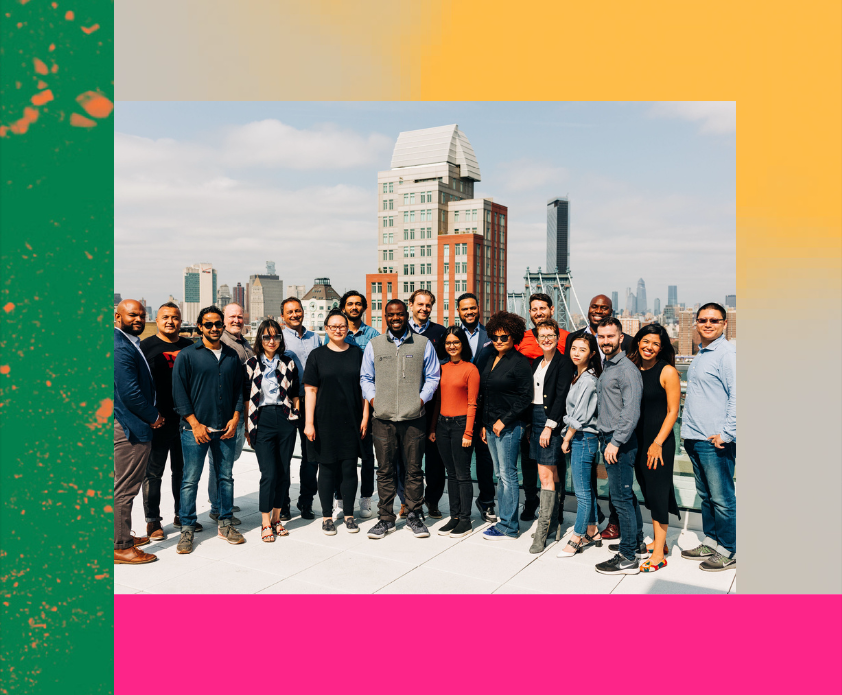
Biology is the most ancient and powerful technology that we know of, yet the way that biology has been applied to industrial processes has changed little in the past 100 years. Fatemeh Shirazi, founder of Microvi, observed that microorganisms in the natural world behave and function very differently than those in the concrete basins and steel tanks that run our industrial bioprocesses. In her journey to find out why, Fatemeh created a series of synthetic environments to recreate features of the microenvironments of organisms in nature – the foundation for Microvi.
Melissa, Elemental Excelerator Chief of Staff, sat down with Fatemeh, CEO of Microvi. Microvi’s origins go back to a lab in Union City, CA. But, let’s start the story in Australia.
–
Fatemeh: Back in 2010, we were approached by the Australian Department of Housing seeking a solution for nitrate issues in Aboriginal communities. These are communities located hours from any major city, made up of 500 to 1,000 people who were drinking contaminated water. The Australian government was looking for a solution for these communities that was low-cost, sustainable and didn’t require a trained operator. In order to come up with the right solution, we had to think deeply about these 500 to 1,000 people—not utilities, not treatment facility managers, not water providers. This resulted in our very first installation going in to western Australia to treat nitrate in the drinking water. My hope is to be able to replicate the impact this solution had as many times as possible.
Melissa: This takes us to California.
Fatemeh: California is one of the areas we’re hoping to replicate what we learned in Australia, across a water system made up of distributed homes, businesses, and a large agriculture industry. In the Chino Basin, which is made up of more than 900 wells and is situated in proximity to large-scale agricultural operations, they tested all of these wells just 30 years ago and they found out maybe 10 to 20 of them have nitrate above the Maximum Contaminant Level (MCL). In 2018, a report came out and out of those 900 wells, about 630 are now contaminated above the MCL level. People are drinking nitrate-contaminated water, which is a problem that Microvi is tackling more recently with Cucamonga Valley Water District.
Melissa: One of the things that I love about Microvi is how it looks to nature to help solve a problem like contaminated drinking water. Where did that initial idea for Microvi come from, and how did it evolve?
Fatemeh: The best solutions are rooted in a deep understanding of a particular problem. I finished my PhD and was recruited by a big engineering consulting company. After working there for several years, I found that I was consistently struggling to find effective solutions for water and wastewater treatment. And, it wasn’t just me. My colleagues were also struggling to find these solutions. I thought back to my courses in biology and materials science and questioned, “Nature has already designed elegant solutions for transforming molecules, like nitrogen. How can we bring this into an industrial setting and utilize it for water and wastewater treatment?”
Melissa: What happened next?
Fatemeh: I started writing a number of proposals to federal governments and I said, “This is my idea. I want to do this,” and, fortunately, all of the proposals got funded.
Melissa: All of them?
Fatemeh: Every single one. There were about three, which resulted in $1.3 million for R&D. Then, I thought to myself: I have the money and the desire and now I have to be able to answer this big question: How can we bring natural processes into an industrial setting and utilize them for water and wastewater treatment?
For the next three years, I failed to make a breakthrough. If the question was that easy to answer, others who were probably more experienced than I would have been able to answer it.
Towards the end of the third year, I could see signs of hope. We were examining all of these biological processes and all of these fascinating abilities of microorganisms to transform nitrogen and other molecules. I was very pleased to see that I was onto something.
We created a series of synthetic environments to recreate features of the microenvironments of these organisms in nature and they were thriving. This was the foundation for Microvi.
Melissa: Can you describe what that breakthrough toward the end of the third year felt like?
Fatemeh: It felt like climbing a mountain, inching closer to the summit – and then finally breaking through. Scientific knowledge hardly happens all of a sudden. It’s a long, slow process of building confidence and certainty. I’m very happy and proud to be part of this company. I would not be here without my team. There are many, many communities who are in need of this solution and I’m hopeful that Microvi will have a lasting and transformative impact.
My name is Fatemeh Shirazi, founder and CEO of Microvi Biotech.




